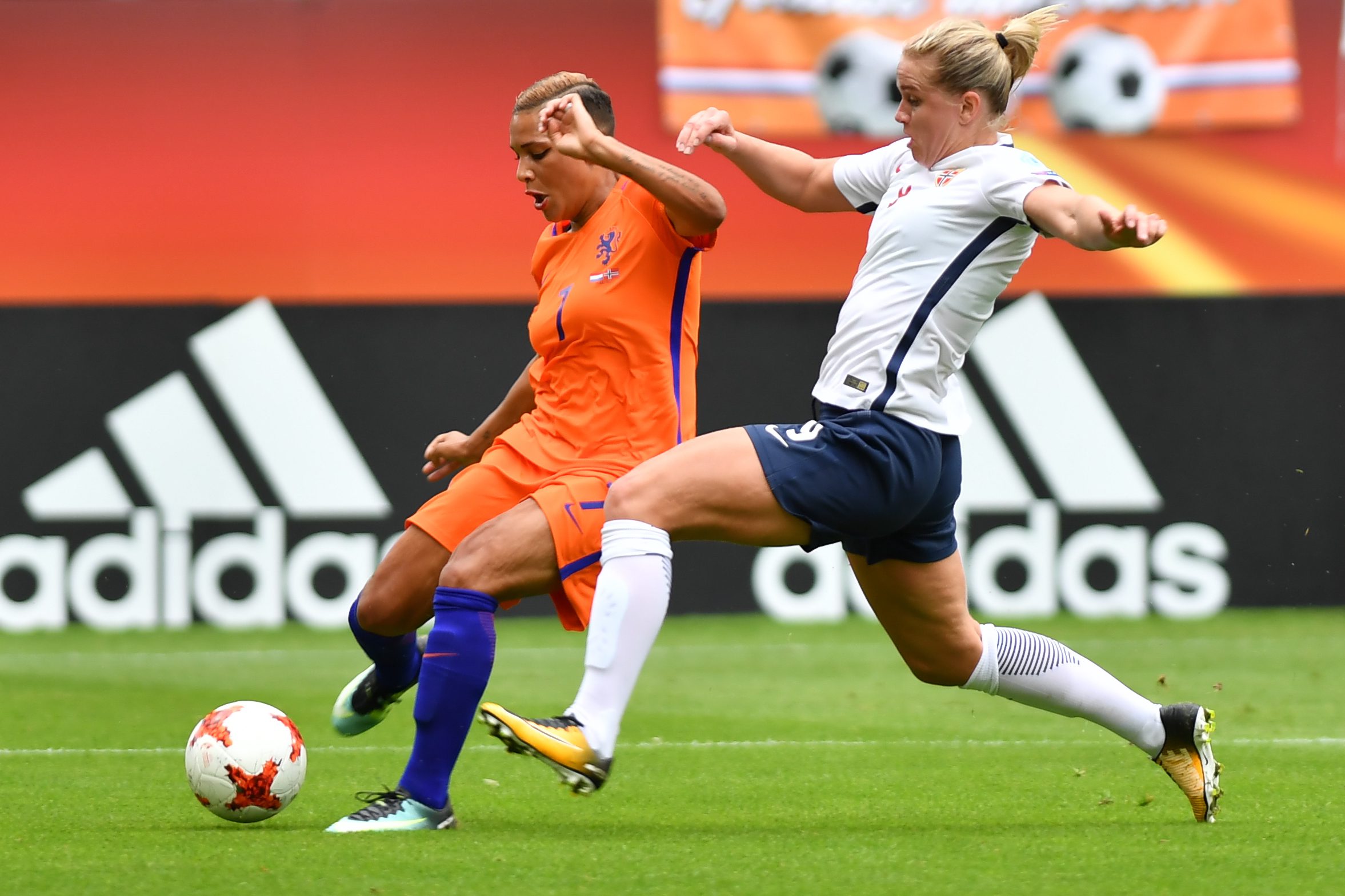Women’s EURO 2025 Breaks Records: Attendance, Prize Money, and Global Viewership Stats

Image: “UEFA Women’s Euro 2017 – Netherlands vs Norway” by Ailura, originally uploaded to Wikimedia Commons; licensed under Creative Commons Attribution-ShareAlike 3.0 Austria (CC BY-SA 3.0 AT).
The 2025 UEFA Women’s European Championship is well and truly underway, with the Lionesses qualifying for the knockout stage after earning six points in the group stage.
This included a convincing 6-1 win over rivals Wales, with Manchester United’s Ella Toone earning the Player of the Match award.
With the tournament set to be the largest yet in terms of viewership, investment, and international reach, several records have already been broken just two weeks after it began!
Despite the host nation’s smaller stadiums, ticket sales and attendance records have already been surpassed as the masses flock to Switzerland in support of their nation.
On the second night of the competition, 29,250 watched Spain play Portugal in Bern, recording the highest-ever attendance for a Women’s EURO game other than the final that did not include the host nation.
This record didn’t last long, and was broken five days later when 34,165 saw Germany’s 2-1 win over Denmark in Basel.
After Matchday 2 of the tournament, the aggregate attendance was over 300,000, which is more than the final total of every tournament outside of England in 2022.
The numbers keep coming, with the same figure reaching 461,000 by the end of the group stage. Out of the top ten highest ever Women’s EURO attendances, six have been recorded so far in Switzerland.
Back home, the support for the Lionesses is just as strong, with 3.5 million people watching England’s opener against France, earning the largest audience of any programme on UK television on that day, despite competition from the FIFA Club World Cup and the Wimbledon Championships.
As the women’s game grows, so too does the investment, and this includes the most prize money ever offered to nations taking part in this year’s tournament. Seeing a 156% increase from the 2022 edition, the prize money pot stands at €41 million this year. The champions can earn up to €5.1 million over the course of the competition, compared to the €2.09 million England received for winning the 2022 edition.
As well as an increase in prize money, the investment will be spread to all competing nations, as the participation award has increased from €600,000 to €1.8 million.
The way this money is spent is important too, and UEFA regulations state that each nation must allocate between 30-40% of their winnings to the players, with the rest of the money going towards covering expenses and/or “other initiatives aiding the development of women’s football.”
This comes as part of UEFA’s vision for continuing the significant growth we’ve seen in women’s football, aiming to make it the most-played team sport for women and girls in every European country, and aspiring to have six fully professional leagues with 5,000 professional players across the continent by 2030.
Outside of the competition prize pot, high interest from sponsors has proven that women’s football is of significant commercial interest.
It is estimated that the competition will generate around €32.5 million in sponsorship revenue- a 112% increase compared to the previous event in 2022, according to Ampere Analysis.
Attracting heavy interest in both Europe and abroad, the US’ Fox Sports won the rights to broadcast the competition, and expects viewership to increase by 50% for the whole tournament compared to 2022.
In Switzerland, the aim is to double the number of registered female players across the country, with national team captain Lia Wälti telling ESPN that she feels her role of encouraging the growth of a game is “a responsibility thing.
“I want to use my voice to push the game forward,” she continued, saying “I appreciate that I am part of a generation where we have experienced both… the part where it was really difficult, where we didn’t have good conditions, and now we actually get to enjoy the game way more.”
Overall, this year’s Women’s EURO competition has already begun shattering records, from attendances and broadcasting to prize money and sponsorship. Extending to outside Europe, the increasing interest is symbolic of the growth of the sport, and with this comes increased employment opportunities too.
For deeper insights into the evolving landscape of women’s football and sports management, explore the courses offered the Global Institute of Sport.
Article by Zakaria Anani
You may also be interested in

Latest news
September 25, 2025 |
Behind the Scenes at Global Stadiums: What Careers Are Out There?
Read Post

Latest news
March 19, 2025 |
Global Institute of Sport’s Australian University Partner: The University of Newcastle
Read Post

Latest news
March 17, 2025 |
Women’s Sport in Australia
Read Post
Our Partners













